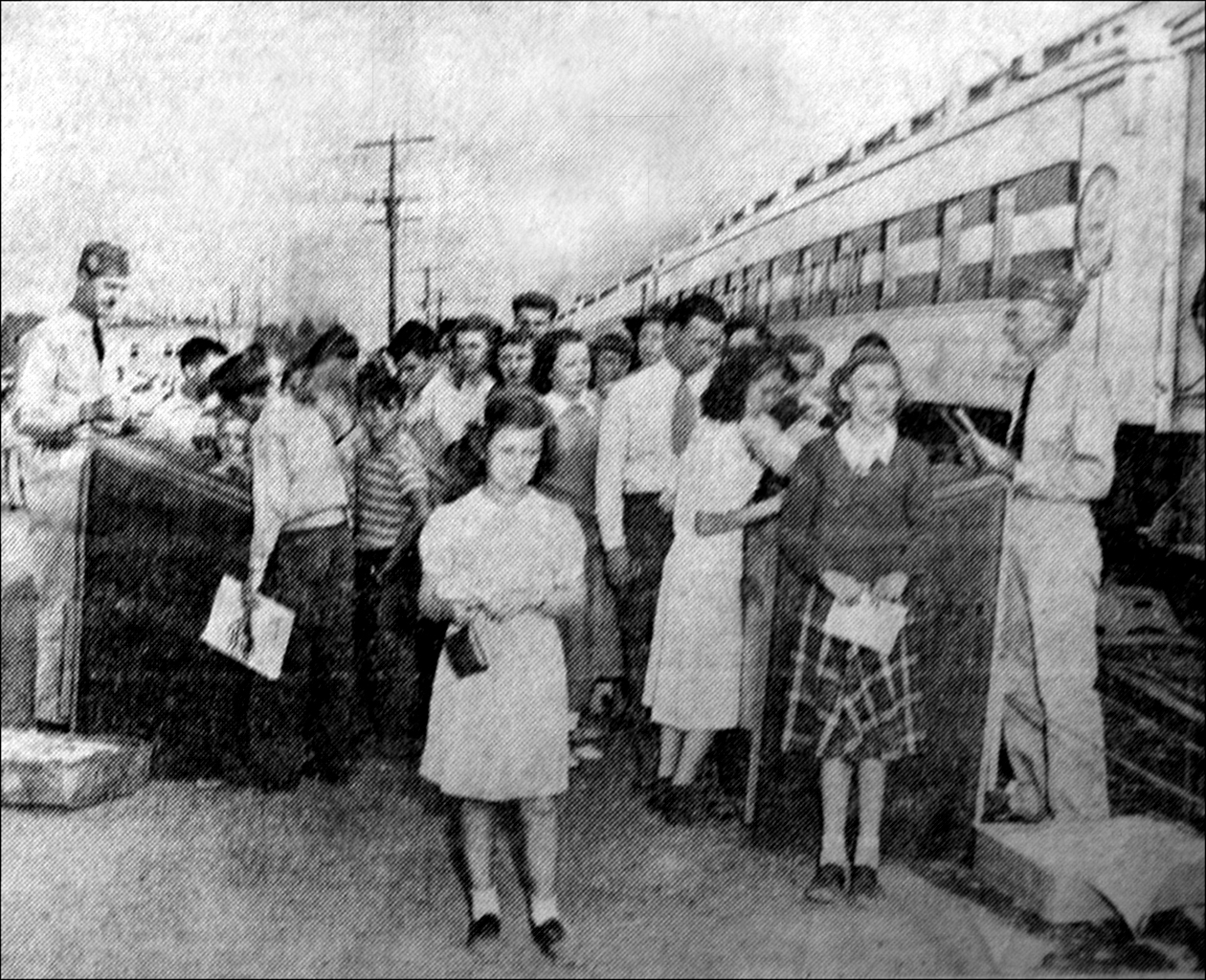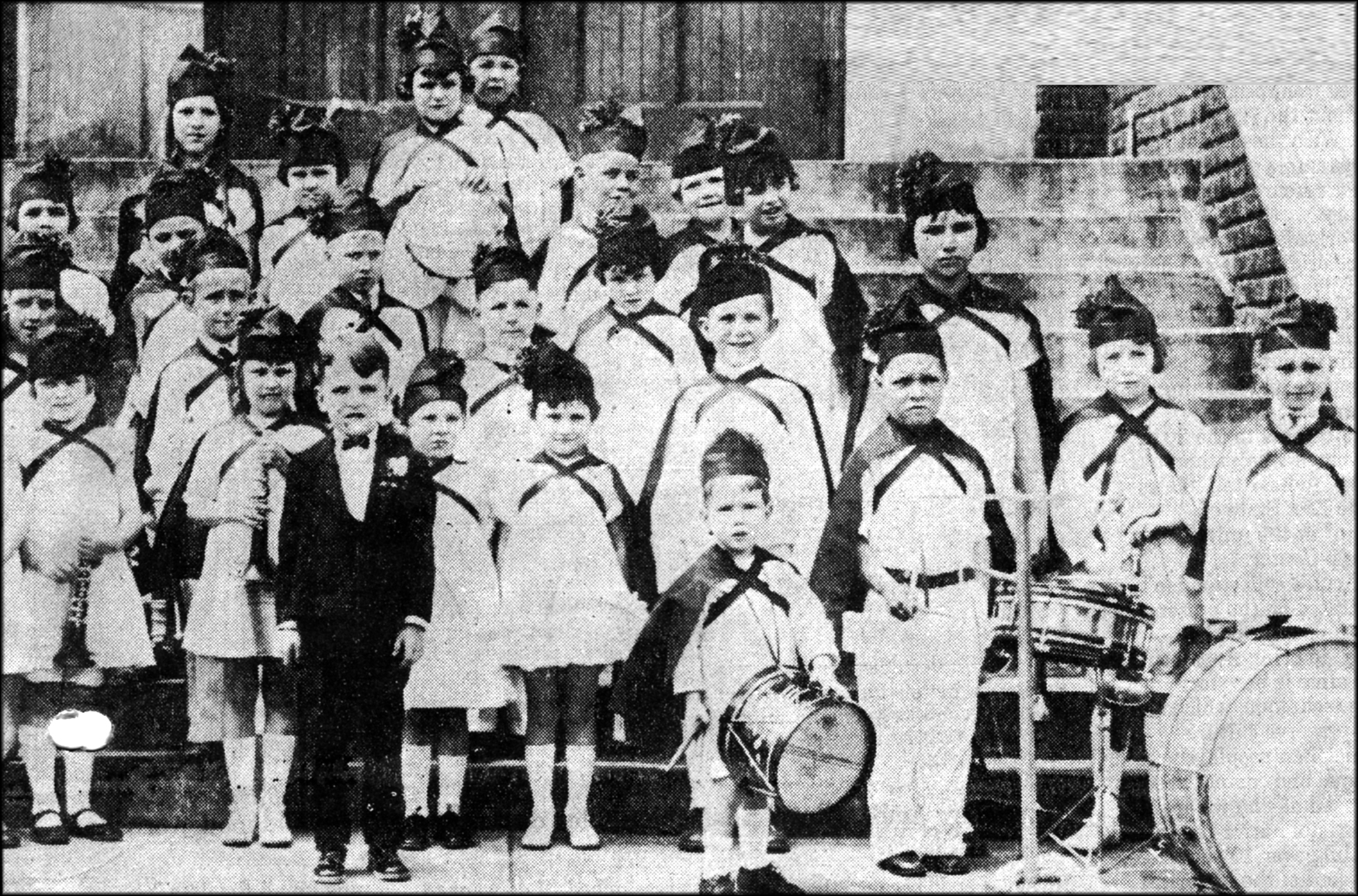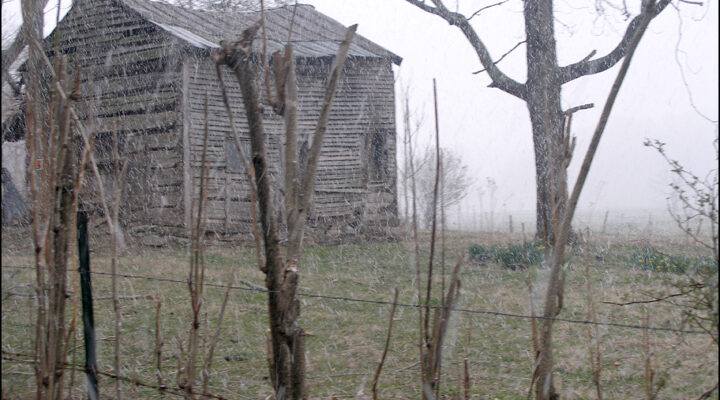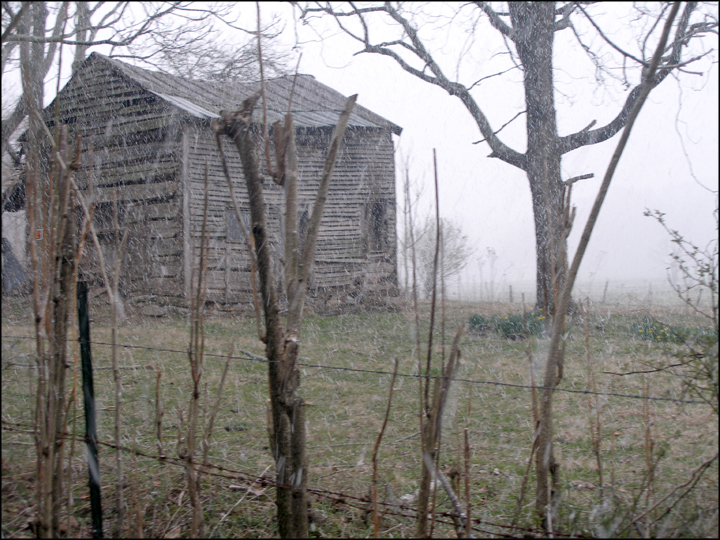Today's column is part 2 of my Johnson City Press History/Heritage page reader response. I will forward any comments you send me to the appropriate contributor.
H. Kay Godbey
It is so nice to see your series on this interesting and important Lady of the Fountain. Every fountain has a story, but most fountains never have their purpose and history documented. During PhD studies, I was fortunate to have made a “Study Tour” to Paris in 2007. My research focus was on the fountains of Paris, and the resulting paper was the most fun writing I've done. I came to realize that no matter what the origins, once a fountain is established, it represents the spirit of the community, and it belongs to the people who visit it. Your work here on the Lady of the Fountain is a great gift for Johnson City. Thank you.
Ralph B. Mowery
I read your weekly column on a regular basis and thoroughly enjoy it. You touch on many familiar things in your column. My family moved to Johnson City from Illinois in December of 1947. My family had Dr. Ray W. Mettetal as a family doctor until he retired and were friends with his family. I can remember meeting his father, on perhaps a couple of occasions when I was young.

Young People Visit the Freedom Train During a Stop in Johnson City in 1948
My question to you is, do you know about or have any information on the Freedom Train that visited Johnson City in 1948 or 1949. It carried many artifact pertaining to the founding of the U.S., such as copies of the Declaration of Independence and had them on display for visitors to the train. I remember waiting with my parents in a long line to go onboard. I was seven or eight years old when it came to Johnson City. Thank you. (I am currently working on a column about it.)
Terry Oliver
I am sending this on behalf of my niece. She was wondering if you or someone you know have information on W.A. Payne who managed the Dixie Motel in 1953, the year that was listed in your article. What was his real name? Did he have any son's, brothers or kin by the name of Ernest Payne? Where he is W.A. Payne buried? If you don't know, we hope that you might direct us to someone who does. We really enjoy reading your articles in the Press. We like reading them because of the time period those old building were still standing in the 1950s-60. Thanks for your time and any info you might provide. Keep those articles coming.
Ben Hicks
I have been working on discovering my family history in the area and have ran across several of your articles during my search. I thoroughly enjoyed reading them. I was wondering if you may be able to point me in the right direction to find some specific information I am seeking. I would like to find a list of former mayors of Elizabethton TN, specifically from the late 1800's and early 1900's. I have been told that my great grandfather, James Burrow, served as mayor at some point during that time period. Any guidance you could offer would be greatly appreciated, and thank you for your time.
Gary L. Love
I am originally from Johnson City and have property on E Watauga Ave that was left to me by my grandparents, Guy Martin and Hazel Young. I was looking at an article that you wrote concerning children’s letters to St. Nick in 1909. In it was a Christmas wish from one young man named Guy Marten (Martin?) Young, whom I believe could have been my grandfather. Could you please tell me the source of this information? I am very much interested because that side of my family had a significant role in our country’s history and Washington County in particular. My great, great, great, great grandfather, many times over, was Robert Young who was responsible for killing a British officer (named Major Patrick Ferguson) at the Battle of Kings Mountain.
The cemetery he is buried in is near Brush Creek behind the old armory off of the Old Jonesboro Highway. His cabin now rests at Winged Deer Park. I first discovered the Young Cemetery after looking through some TVA files concerning a cultural survey of that area. When I investigated the area, I found the cemetery in ruins from a storm that had toppled trees over the headstones. I contacted the City of Johnson City and they came out and did a good job repaired the fencing and cleared the fallen trees. Any information on any of this would be greatly appreciated.
If you can assist any of these individuals, drop me a note and I will see that they receive it.







